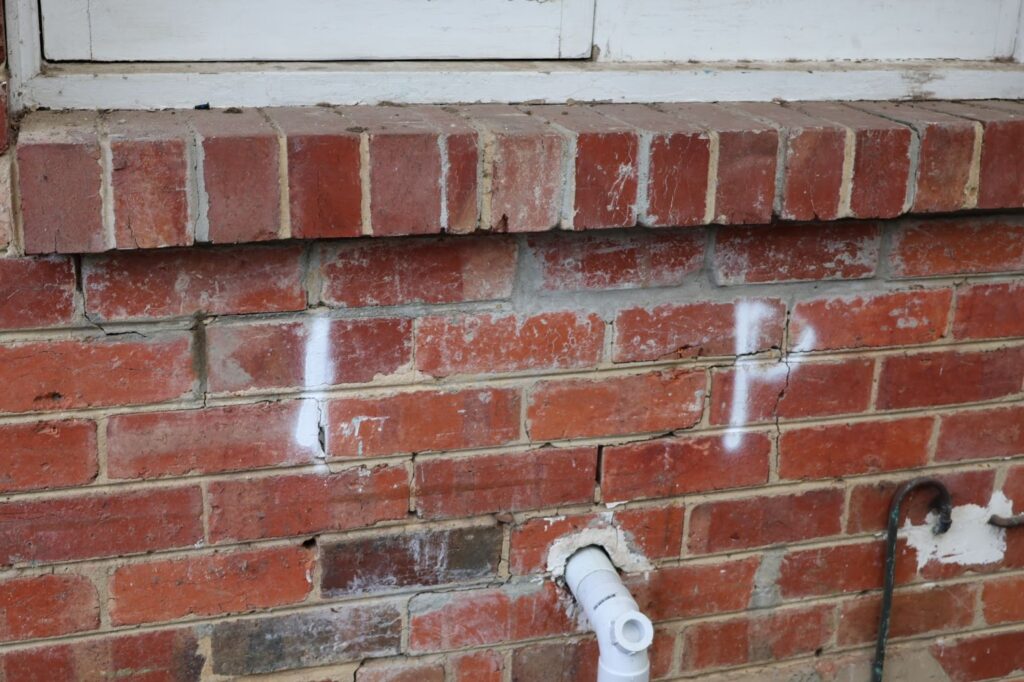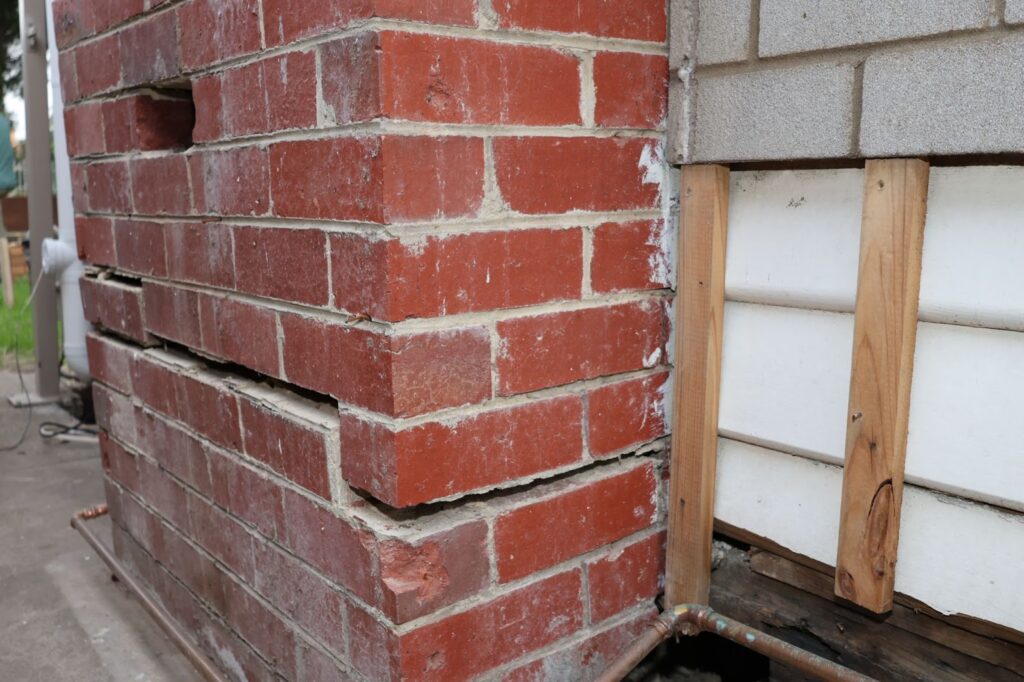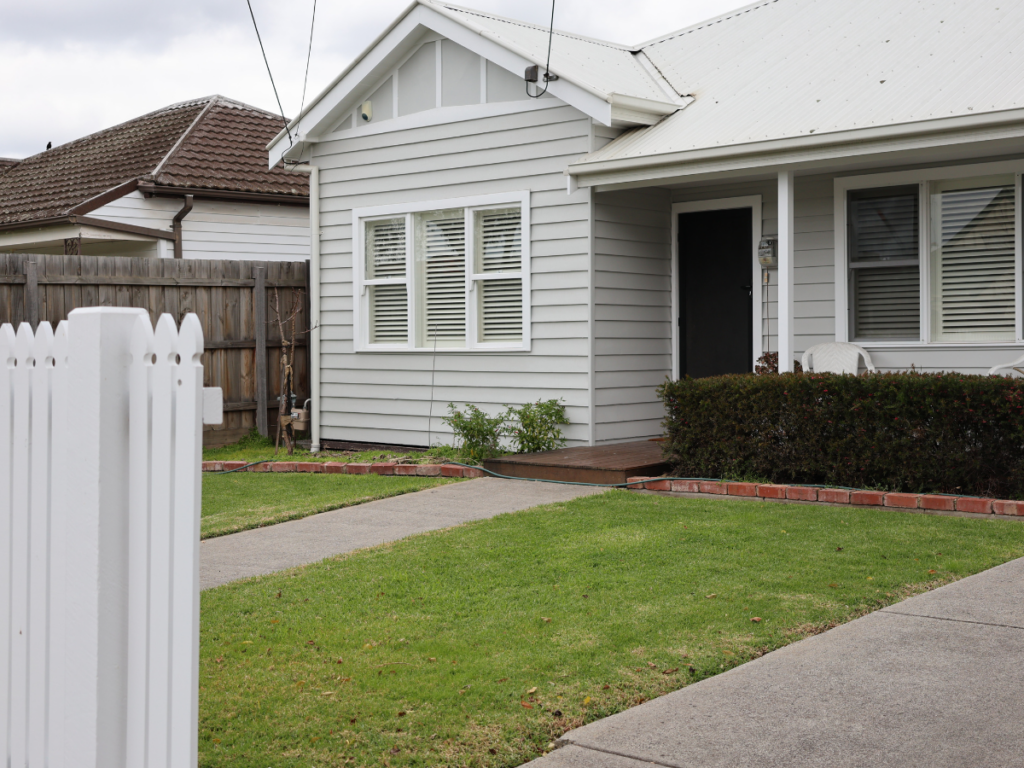The Experts You Can Trust for Long-Lasting Repairs
- Fast and Reliable Service
- Licensed & Insured Professionals
- No-Obligation Quotes

Are cracks starting to appear on your walls? You’re not alone. In the state of Victoria, it is actually fairly common for cracks to appear in the home; and this goes for both new and older properties.
While the root cause can vary from case to case, these cracks may indicate that something’s wrong with the foundation of your home; especially if they are large and noticeable. As we’ll go on to cover throughout this article, it’s very important that you don’t ignore these early signs.
Let’s explore why these cracks occur, how to identify the severity of the problem, and the steps you can take to stop foundation damage in its tracks.
How to Assess the Severity of Cracks
Whether they appear on internal walls or external brickwork, not all cracks are created equal. Here’s how to determine whether your cracks are minor or a sign of serious structural damage:
Hairline Cracks (<1 mm): These are often cosmetic and occur due to natural settling. They don’t usually require immediate attention but should be monitored over time.
Small Cracks (1–5 mm): These cracks could indicate minor foundation movement and should be observed during different weather conditions.
Large Cracks (>5 mm): Significant cracks are a sign of major foundation movement. These will require a professional inspection and assessment.
We also recommend that you check for any cracks around door and window frames. Other warning signs of foundation damage include uneven or slanted floors, doors and windows that are difficult to open, and bulging walls.
If you notice any of these issues, it’s important to take action as quickly as possible.
The Common Causes of Wall Cracks in Melbourne
There can be many reasons why cracks have appeared on your walls. Let’s explore these now:
1. Foundation Movement (Slab Heave)
One of the leading causes of cracks is foundation movement, which is often caused by changes in soil moisture. Because Melbourne’s soil is predominantly clay-rich, it tends to expand when wet and shrink when dry. This shifting can lead to uneven footing settlement and then result in wall cracks. Known as slab heave, this phenomenon typically affects one section of the home more than others, causing cracks to form along internal or external walls.
2. Soil Conditions
The type of soil beneath your home plays a critical role. Before construction, builders often conduct soil tests to classify the soil’s reactivity and potential for movement. Highly reactive clay soils (classified as H1, H2, or E in the soil classification system) are more prone to movement, thereby increasing the likelihood of structural issues. Soil erosion, settlement, or tree roots extending under the foundations can also weaken the stability of your home.
3. Poor Construction Practices
Poorly designed or constructed foundations can lead to long-term problems. Foundations that are too shallow, poorly reinforced, or built without accounting for soil reactivity may fail to withstand environmental pressures. If your home’s footings weren’t designed to handle the expected soil movement, cracks are more likely to form as the house settles over time.

4. Tree Roots
Large trees planted too close to a house can cause significant problems. The roots from tree species such as the native gum, white poplar, palms, fig trees, and willows all have roots that tend to absorb moisture from the surrounding soil and increase the risk of uneven footing settlement. Over time, the stress caused by this root intrusion can manifest as cracks in walls or floors.
What Are Your Options?
So, you’ve noticed either one or a series of cracks on your walls. What’s the next step? If they are more substantial than a hairline crack, your best bet is to get in touch with a foundation repair specialist.
At this stage, you can arrange for a qualified engineer to visit your property and conduct a detailed assessment of the situation. If they determine that foundation issues are at play, underpinning or restumping work may be necessary. Let’s quickly explore the basics of both processes right now.
Underpinning
The foundation of your property is the base on which everything else is built. Therefore, if you have weak or failing foundations, this can lead to a range of structural issues, including cracks in the walls or floors.
If damage has already occurred, a specialised underpinning service can be applied to both protect and secure your property over the long-term. Underpinning is a process designed to reinforce your building’s foundations by removing and repositioning, or adding stumps for additional strength, stability, and sturdiness.
In Australia, ‘underpinning’ refers to the placement of deep footings to stabilise a property that has been moving. This may also be used as a way to re-level it or flatten out a section of the underlying foundation.
After these works are complete, the house is set up to be supported by new underpins on a permanent basis. While there are costs associated with this service, they often pale in comparison to the financial strain of major structural works.

House Restumping
Another important form of foundation work is what’s known as ‘house restumping’. Sometimes referred to as reblocking, restumping begins with the removal of old and deteriorated stumps. Then, as the name suggests, new stumps are put in place to better support the building’s foundation.
Many homes across Melbourne still use either wooden or brick piers to support the structure that lies above the ground. Unfortunately, these stumps either have a limited lifespan or become uneven due to natural ground movement over time. This is where restumping becomes so important.
Restumping works can be partial, comprehensive, or involve the installation of brand-new concrete and steel stumps. Regardless of the project’s size and scope, this is a highly specialised service that can only be handled by qualified engineers with the necessary training and experience.
Read our recent article for more information, as well as a technical overview of the restumping process!
Other Signs Your Home May Need Underpinning or Restumping
Cracks on your interior or external walls aren’t the only sign of foundational issues. We also recommend that you keep an eye out for:
- Windows and doors that have become difficult to close, open, or lock
- Cracking, slanting or tilting floors
- Gaps around your window frames
If you’ve noticed any of these issues, it’s very important to have them assessed and addressed as soon as possible. The quicker stability is restored, the less damage will occur, and the easier it will ultimately be to fix any existing problems.
Cracks in a Californian Style Bungalow Home: A Recent Case Study
A Californian Bungalow was showing signs of serious foundational issues, most notably cracking and subsidence. After being hired to take on the project, we conducted a detailed assessment, concluding that 126 concrete stumps needed replacement.
Our team jacked the property, removed damaged stumps, and installed new ones aligned to AS 1684.4 and AS 2870-2011 standards. Footing pads were inspected, and the foundation was levelled using 32 MPa concrete for durability. The project concluded with a certified inspection, where an assessment confirmed that the home’s stability and safety had been restored.
Learn all about the case study right here.

Why It’s Important to Act Now
Ignoring cracks in your walls can lead to more extensive damage, including water leaks, compromised structural integrity, and costly repairs. By addressing the issue early, you can protect your investment and maintain the safety of your home.
Delaying action can also have a significant impact on your property’s market value. Structural issues (even if minor), may deter potential buyers and further complicate the sale process. Addressing these foundational problems protects your home’s structural integrity, creates a safe living environment, and preserves its market appeal over the long term.
Work with the Leading Foundation Repair Experts in Melbourne
Whether cracks appear as a result of changing soil conditions, adjacent construction projects or foundation movement, it’s very important that they aren’t ignored. If foundation issues aren’t the underlying cause, it is certainly still worth getting your home checked and assessed by a professional.
At Vic Metro Underpinning and Restumping, we’ve been supporting the foundations of Melbourne properties for more than 40 years. Here’s a quick snapshot of everything we bring to the table:
- Civil Foundation Prowess
- Qualified Engineering Expertise
- A Legacy of Excellence
- Warranty and After-Care Support
- Integrated Collaboration
- Options for Every Foundation Need
Whether you need help with underpinning in Geelong, restumping in Melbourne, or want to arrange an assessment, we’re always here to help! Get in touch today to schedule your free consultation and take the first step towards restoring your home’s stability.
Our experts provide a FREE Structural Assessment and tailored solutions for wall cracks. Protect your home’s value and stability today.
